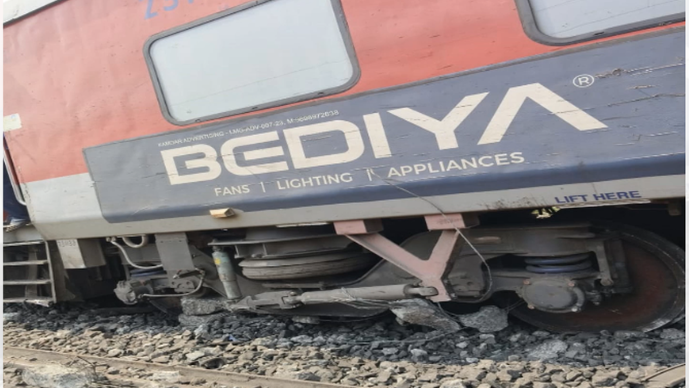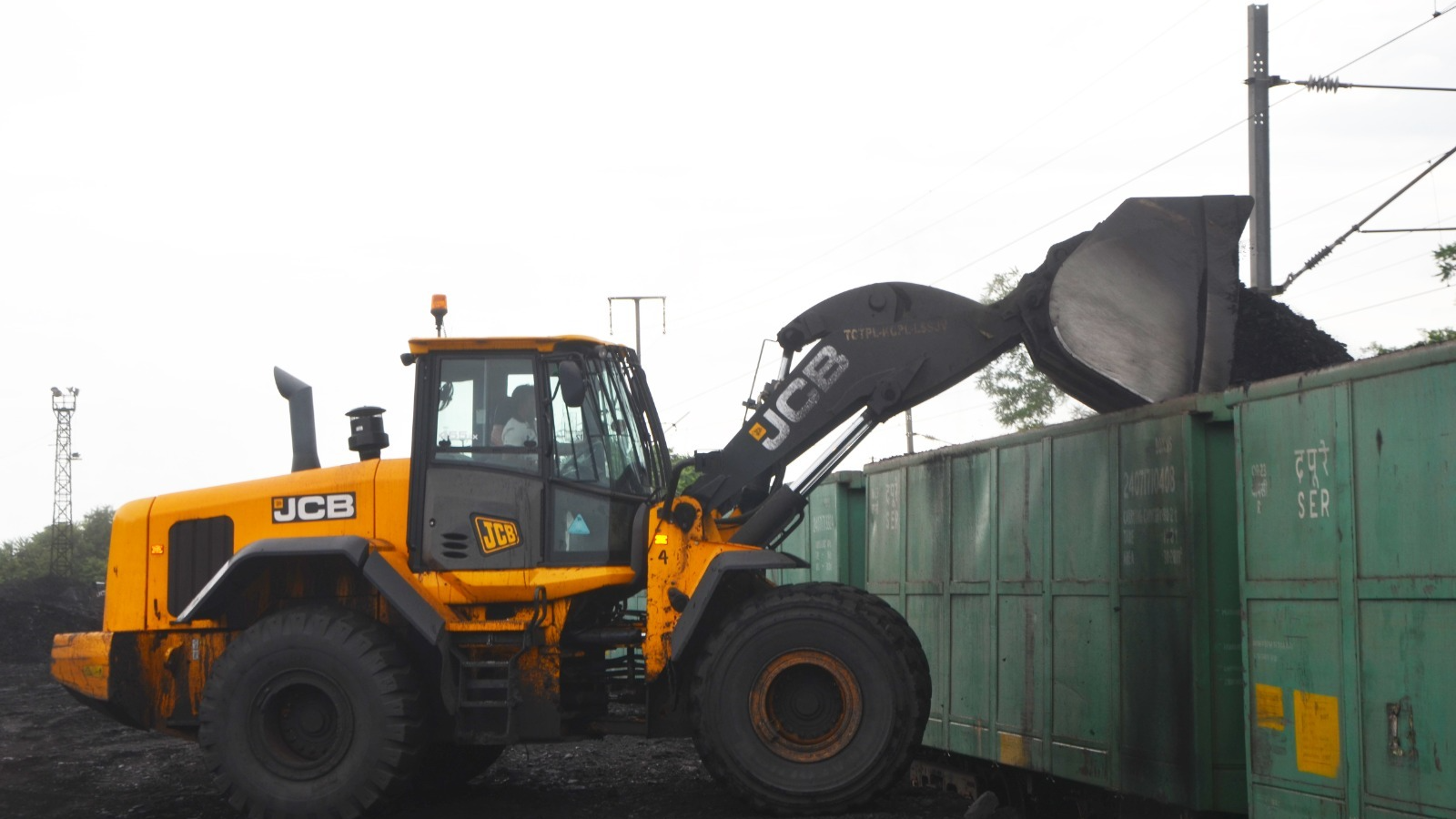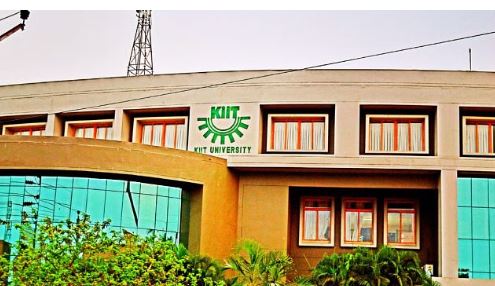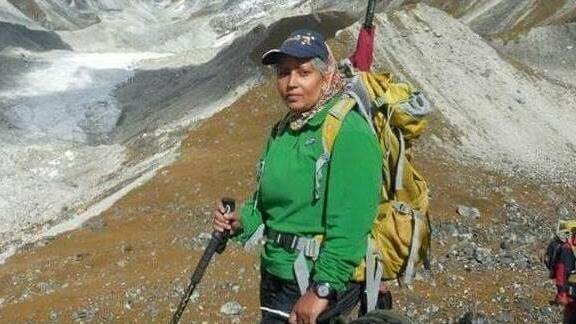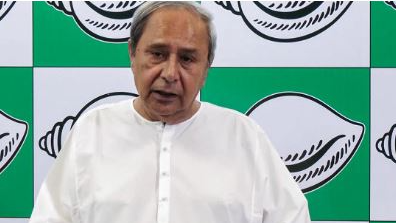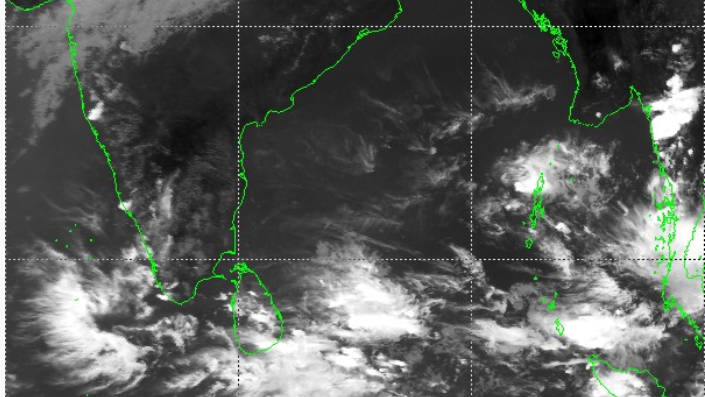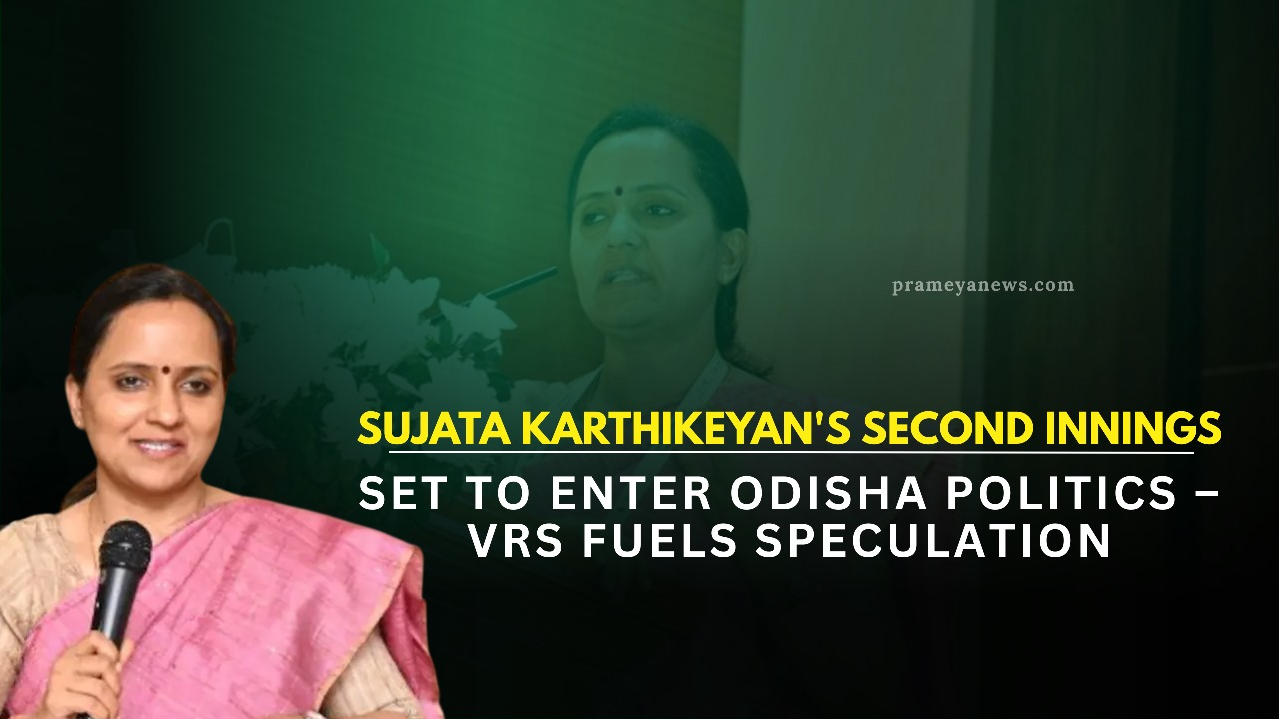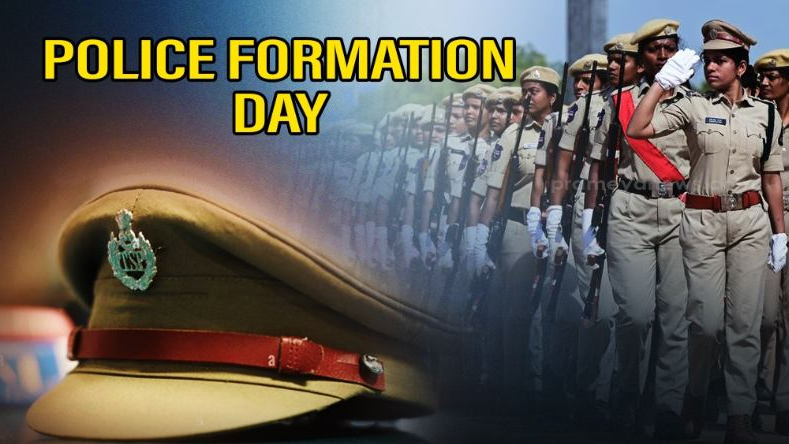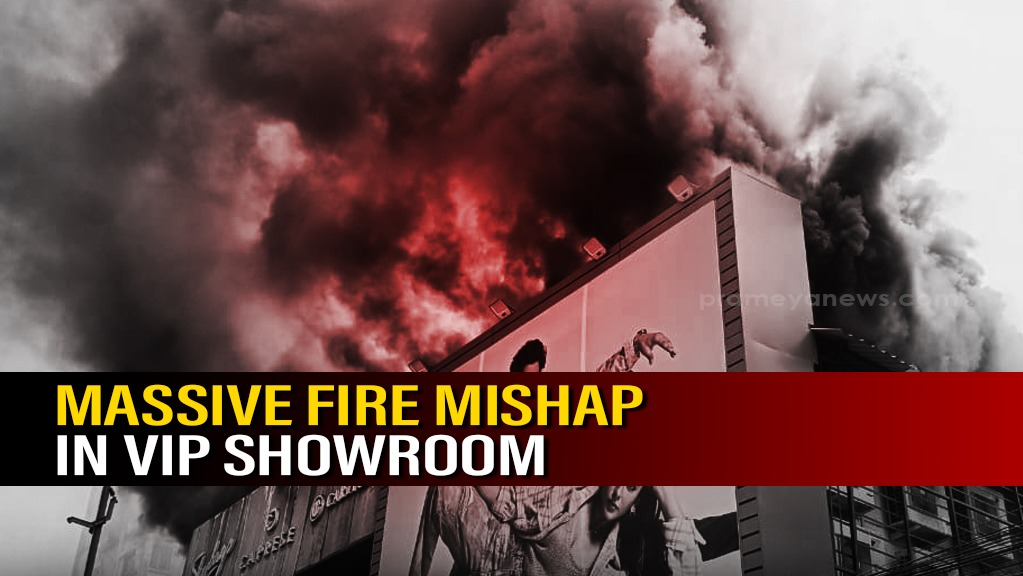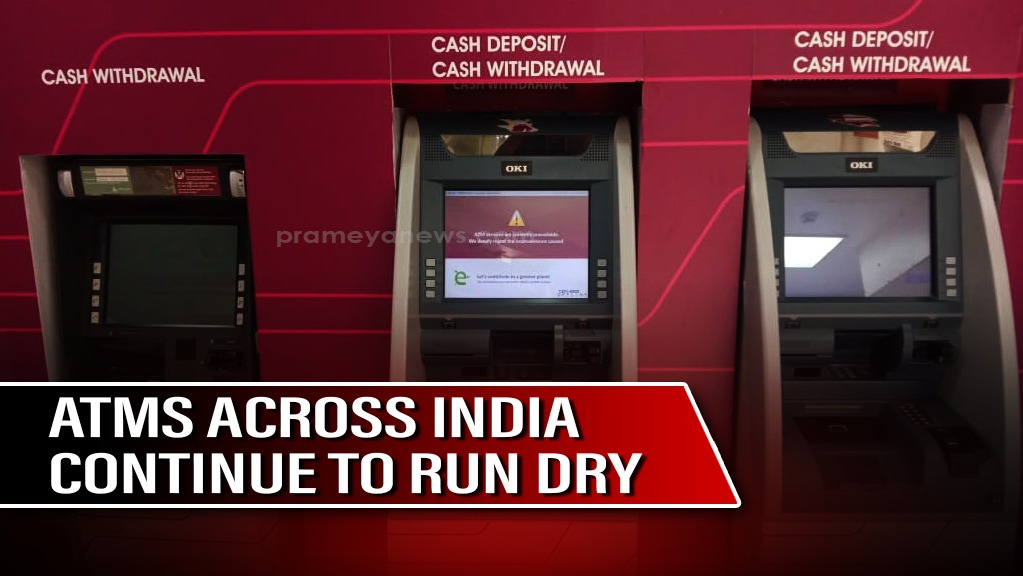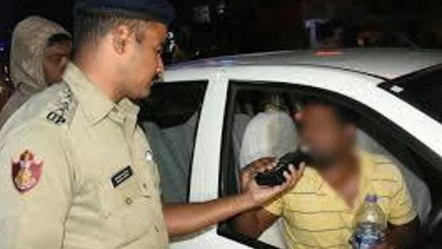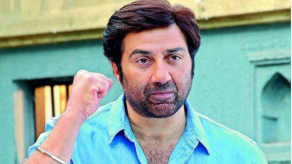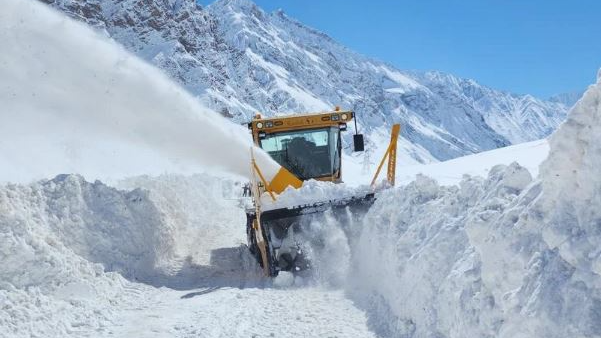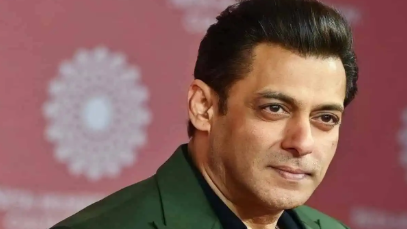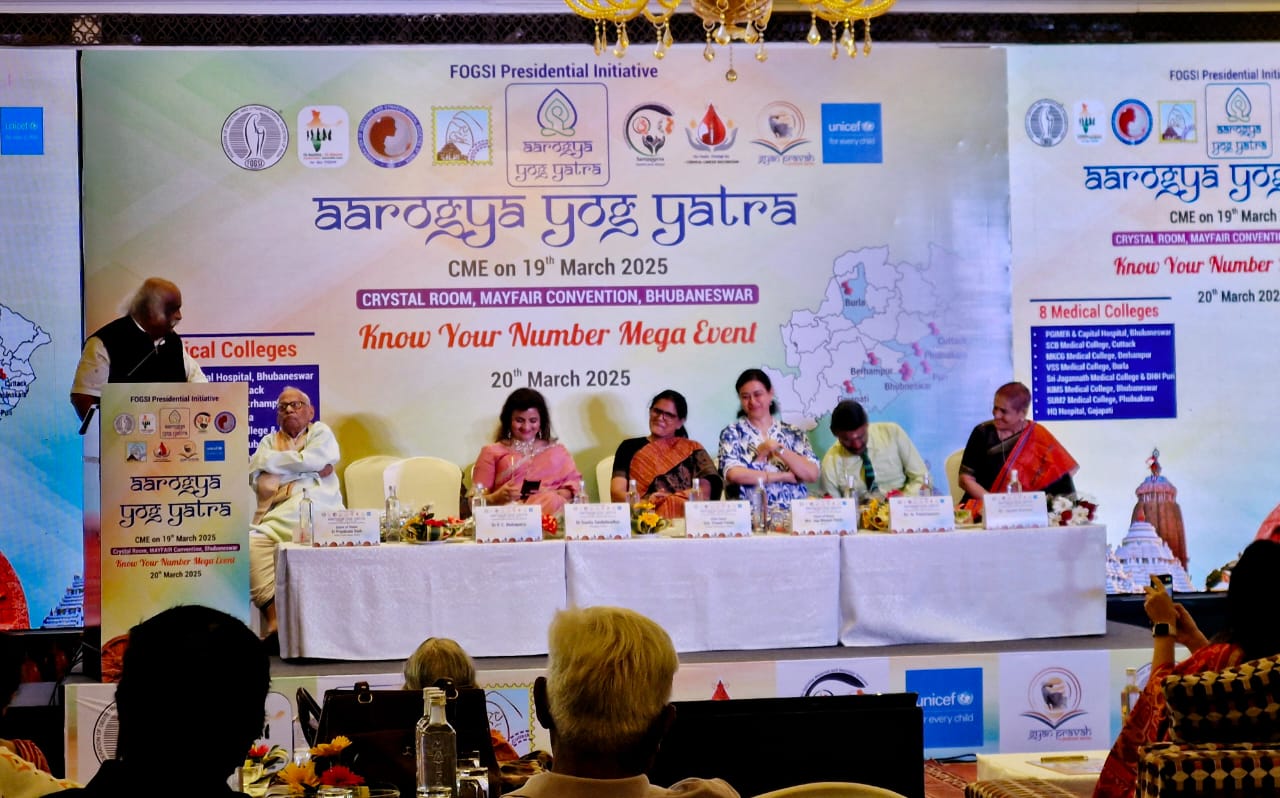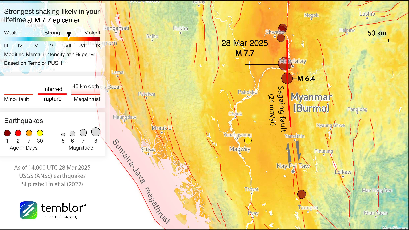Bhubaneswar: The saga of derailments keeps haunting the Indian Railways. In the last six years, the public sector transport behemoth has recorded over 191 train derailments on its track.
The derailment of Kamakhya Express near Cuttack leading to death of 1 and injury to 11 others Sunday has been the 13th under the East Coast Railways (ECoR) till date.
According to data accessed, the ECoR has recorded a rise in derailment cases since 2020-21 to 2022-23. In the year 2023=24, the ECoR had recored the worst ever train accident in Balasore.
The Indian Railways consequential train accidents data show most derailment in the last 6-years has been recorded in the following railway zones.
- Northern Railway – 26
- Central railway – 20
- East central – 20
- North central – 12
- North West - 12
- East coast – 12
- Northeast central – 11
The above data shows the 7 railway zones together have contributed over 59% of train derailments during the last six years.
TRAIN DERAILMENT BIG REASONS
As per the CAG report of 2022 that had went exhaustively looking into the cause of frequent derailments of train on Indian railways tracks, the major reason behind derailment identified by the inquiry reports set up by Indian Railways has been lack of track maintenance. Here is the reason wise derailments listed below.
- Track maintenance – 33 derailments
- Deviation of track parameter – 22
- Bad Driving/Over speeding – 18
- Incorrect setting of points/mistake in shunting operations – 13
The CAG has analysed the 1392 train derailment reports, of which consequential derailments, where loss of life or human injury involved, stood at 163.
More than half (53%) of the consequential train derailments have been attributed to human factors such as poor track maintenance, incorrect point setting, deviation in track parameter and Bad driving/over speeding.
The CAG has stated that the following recommendation have been made by all Railway Inquiry reports:
“Slackness in supervision/inspection, training and counseling requirements was the main areas of concern highlighted by the inquiry committees in most of the cases across the ZRs. All out efforts at the every level of staff and broader perspective at the highest level with proper coordination among all the departments is therefore required to fill these holes to put strong layers of defense to prevent derailments.”
The BOTTOMLINE is inquiry reports have identified the ills and have suggested the prescriptions, still the derailment saga in Indian railways keeps on rolling. When will Indian Railways go for zero tolerance to derailment?







